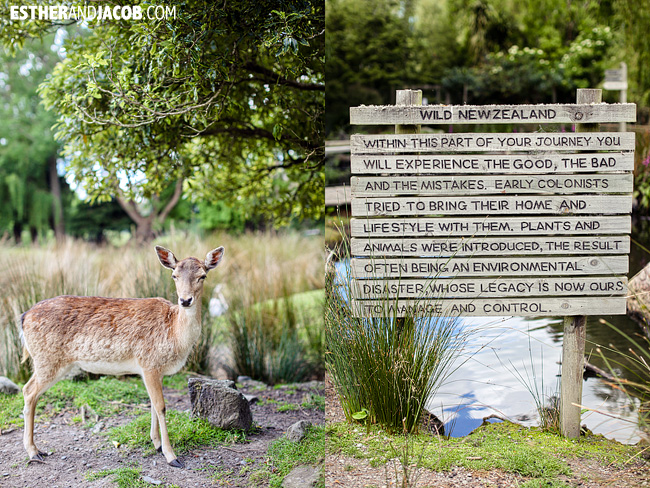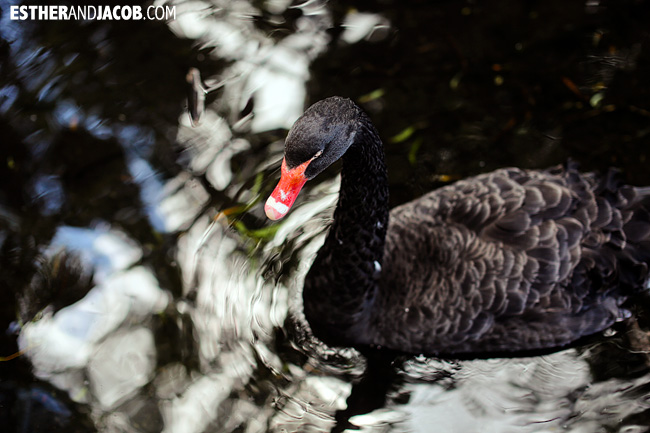On our second day in Christchurch, we headed over to Willowbank Wildlife Reserve in search of the infamous Kiwi!
The Big 5 in New Zealand featured at Willowbank
- Takahe
- Kea
- Tuatara
- Kiwi
- Kaka.
Out of the five, we only ended up seeing the Kea and the Tuatara. We found out that Kiwis are nocturnal, so we did see them but only as balls of fur sleeping from a distance. We especially wanted to see the Takahe, but they were nowhere to be seen in the exhibit. The Takahe is a large flightless bird that was thought to be extinct but later rediscovered.
Fallow Deer:
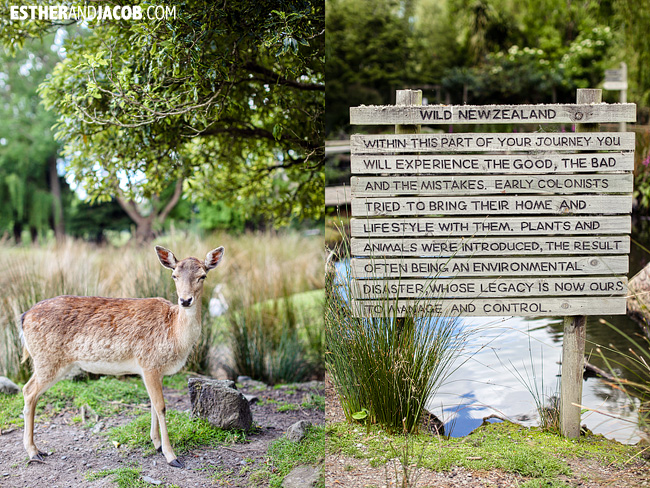
Cape Barren Goose:
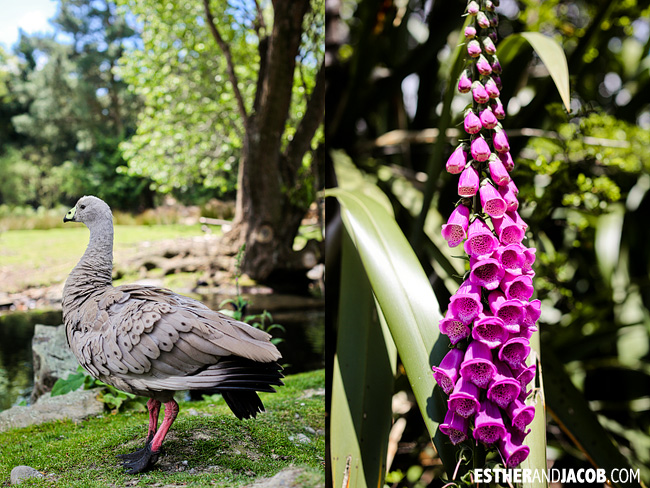
Don’t step in the duckweed.. Looks like solid ground, but it’s all water underneath.
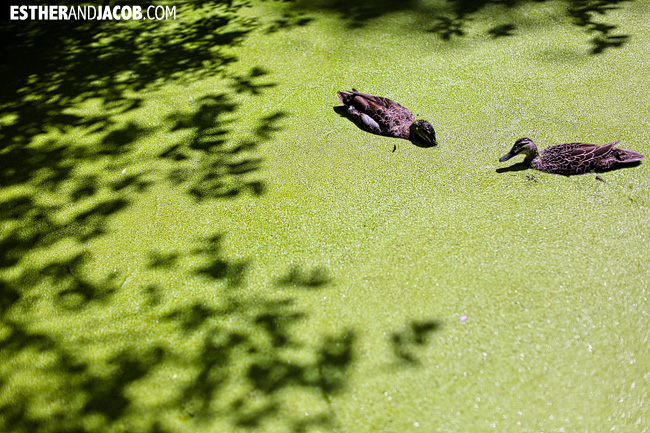
The ducks and black swans aren’t part of the reserve but coexist with the animals there.
Kunekune Pigs:
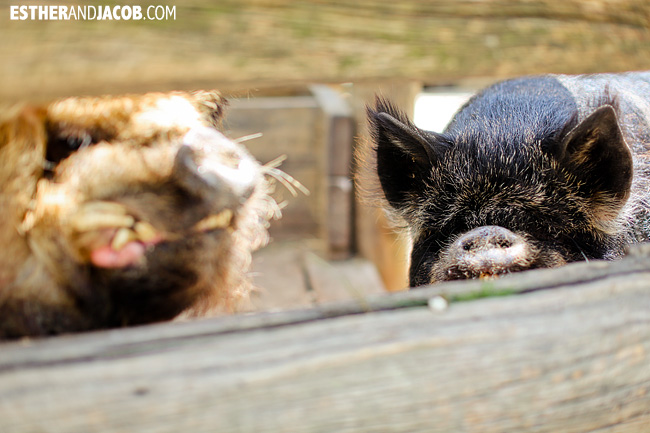
Kiwi eggs:
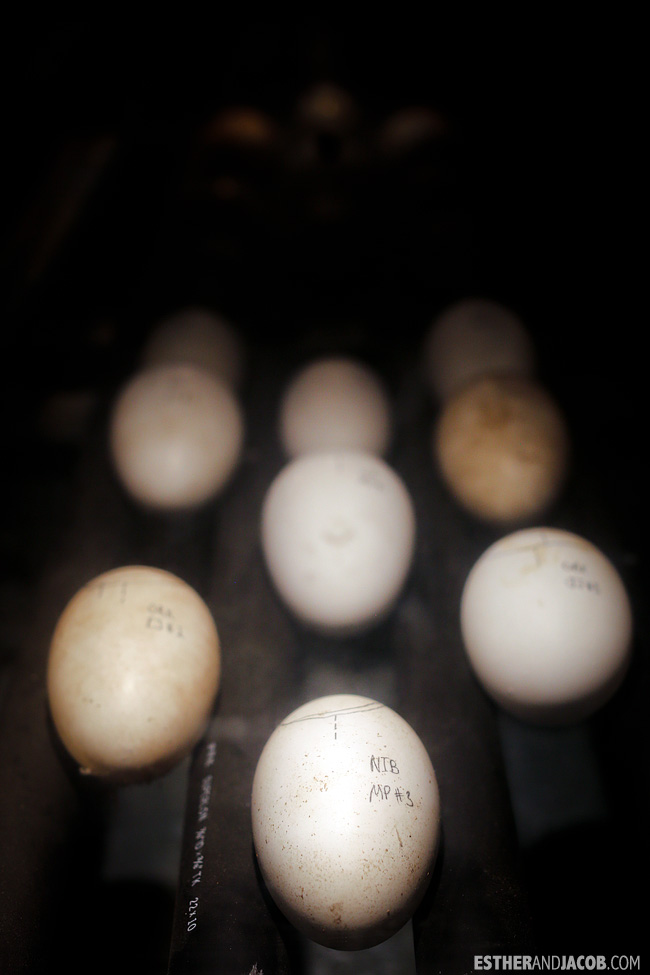
The Tuatara: They are a living dinosaur and have not changed for 220 million years.
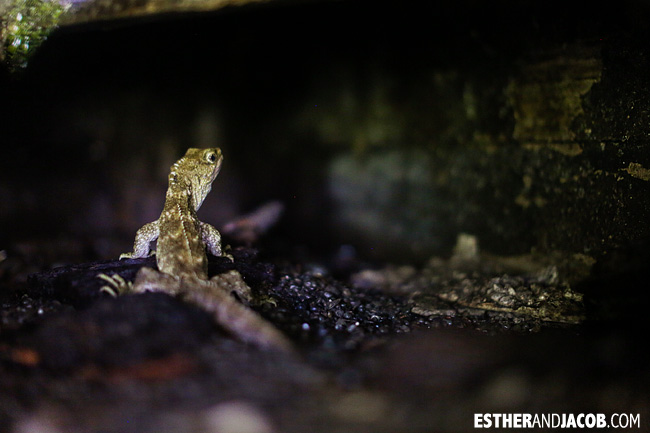

On the left is the giant moa that’s now extinct & reminds me of the bird in Up! On the right is the Kea. They have beautiful coloring under their wings, but we didn’t see any in flight.
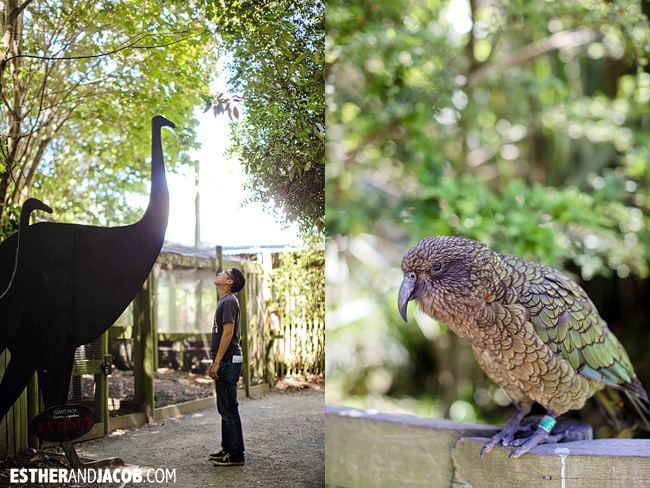
Although we didn’t see everything, we had a great time! There were a lot of animals we had never seen before in our local zoos.

Useful Tips for Visiting Willowbank Wildlife Reserve
- Directions: Take the 12:24 bus 107 on Saturdays (formerly bus 11) toward Styx Hill from Central Station (45-50 Lichfield St). The cost is 3.60 NZD per person.
- Ticket Price at Willowbank: Adults 25 NZD (you can get a 5 off voucher from where you are staying)
- You need a couple of hours to leisurely get through the park. Probably another couple of hours if you want to take photos of most of the animals. Nature photography takes a lot of patience.
- Big five animals to see: Takahe, Kea, Tuatara, Kiwi, Kaka
- Kiwis are nocturnal, so you’re not likely to get a good view of them in the daytime. Perhaps you’re more likely to see them on the night time tour.
Also, check out our post on 5 things to do in Christchurch NZ.

